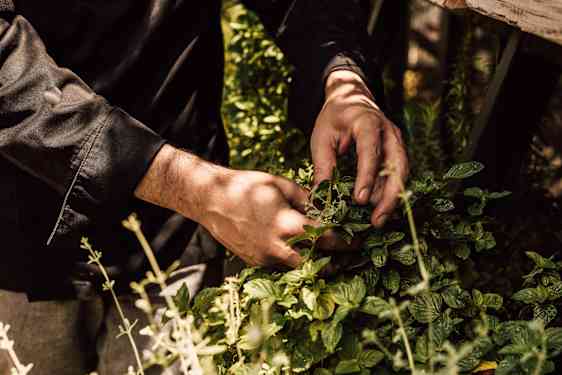Aromatic Herb Card
Plant memories from Rhodes
As a thank you for choosing our hotel on the beautiful island of Rhodes, we invite you to take home a small gift: seeds from the very herbs that thrive in our Mediterranean gardens. Plant them in your own space and let the flavors and scents of Greece continue to grow—long after your holiday has ended.
The Herbs
We’re giving you four types of herbs to plant and enjoy at home. Read more about them below.
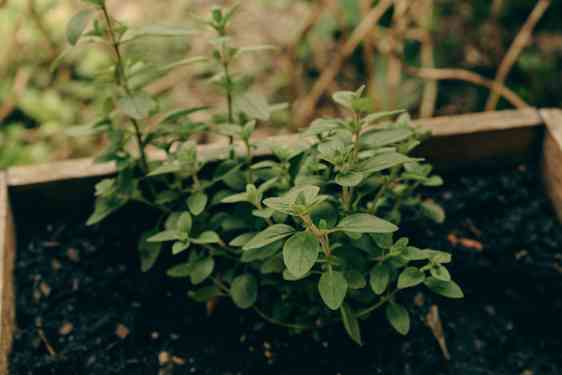
Oregano
Greek oregano is one of the most flavorful herbs in the world. Grown throughout Greece, it’s rich in essential oils, giving it a strong, aromatic taste perfect for cooking. A staple in sauces and marinades, it’s part of the mint family and known for its bold Mediterranean character.
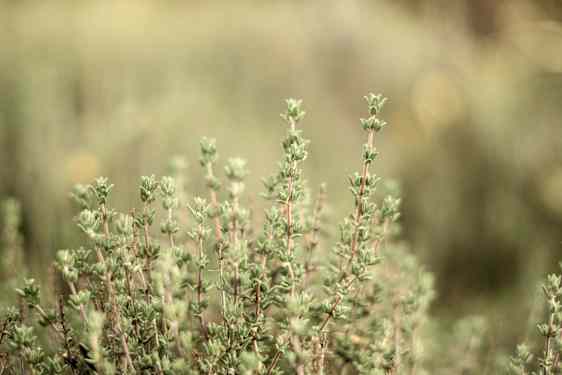
Thyme
Native to the Mediterranean, thyme has long been valued for both its flavor and health benefits. In ancient Greece, it symbolized courage and grace. Traditionally used to ease coughs and congestion, thyme is still a go-to herb for respiratory support and aromatic cooking.
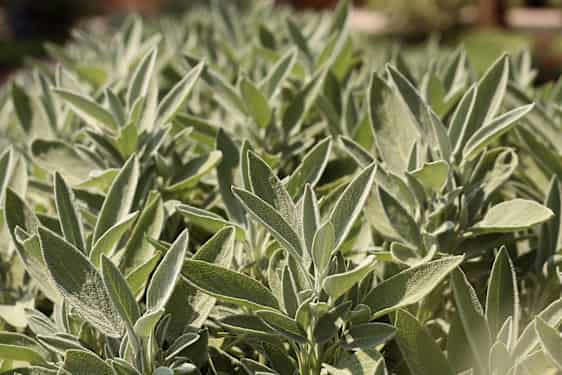
Sage
Greek sage stands out for its strong aroma and healing properties. This evergreen herb is rich in antioxidants and natural oils, long used in Greece for both culinary and medicinal purposes—especially for supporting respiratory health.
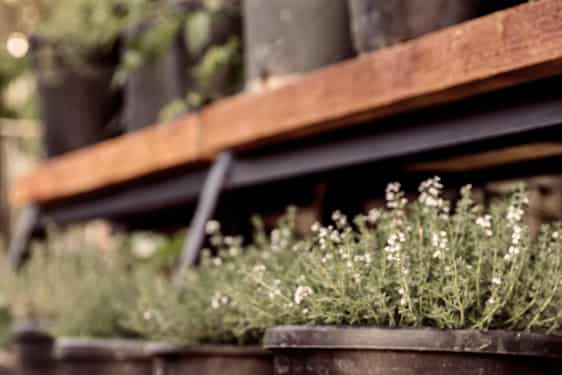
Thrompus
Also known as throubi, this native Greek herb (Satureja thymbra) has been used since ancient times—for seasoning, in vinegar infusions, and even as a remedy for bee stings. Part of the mint family, it has dark green leaves, purple-white flowers, and a woody stem.
Planting Instructions
For best results plant your seed paper from March-April or late September in preparation for the following spring. While you can plant the whole seed paper, it’s much more effective to tear your seed paper into smaller pieces in preparation for planting, because there are dozens of seeds of herbs inside. Next, you’ll need to find some suitable pots to plant your seed paper pieces. Try to find a sunny spot that’s protected from strong wind for the best results.
Seeds and eventually herbs need nutrients to grow and thrive. If you’re using a receptacle fill your pot with either soil or compost (peat-free is preferable), don’t pack it too tightly, and place it aside for the next step. If you’re planting in late spring and straight to a wild area, take some time to aerate the soil before you begin to plant your seed paper.
Place your seed paper pieces in your pots under a thin layer of soil. Cover under about 1-2 mm of soil or compost and make sure not to pack the soil too tightly. Water generously (without waterlogging) daily and wait for small shoots to emerge before reducing your watering to twice a week.
Be patient and you will see your plantable paper sprout. The seeds from your plantable paper will sprout massively after a few weeks or a little more. After about two or three weeks more, you‘ll have to separate and transplant them as you wish in larger pots or wherever you prefer in your garden. Herbs are elegant, useful, and low-maintenance perennial plants, providing a fine display that can be enjoyed for years in your garden.

